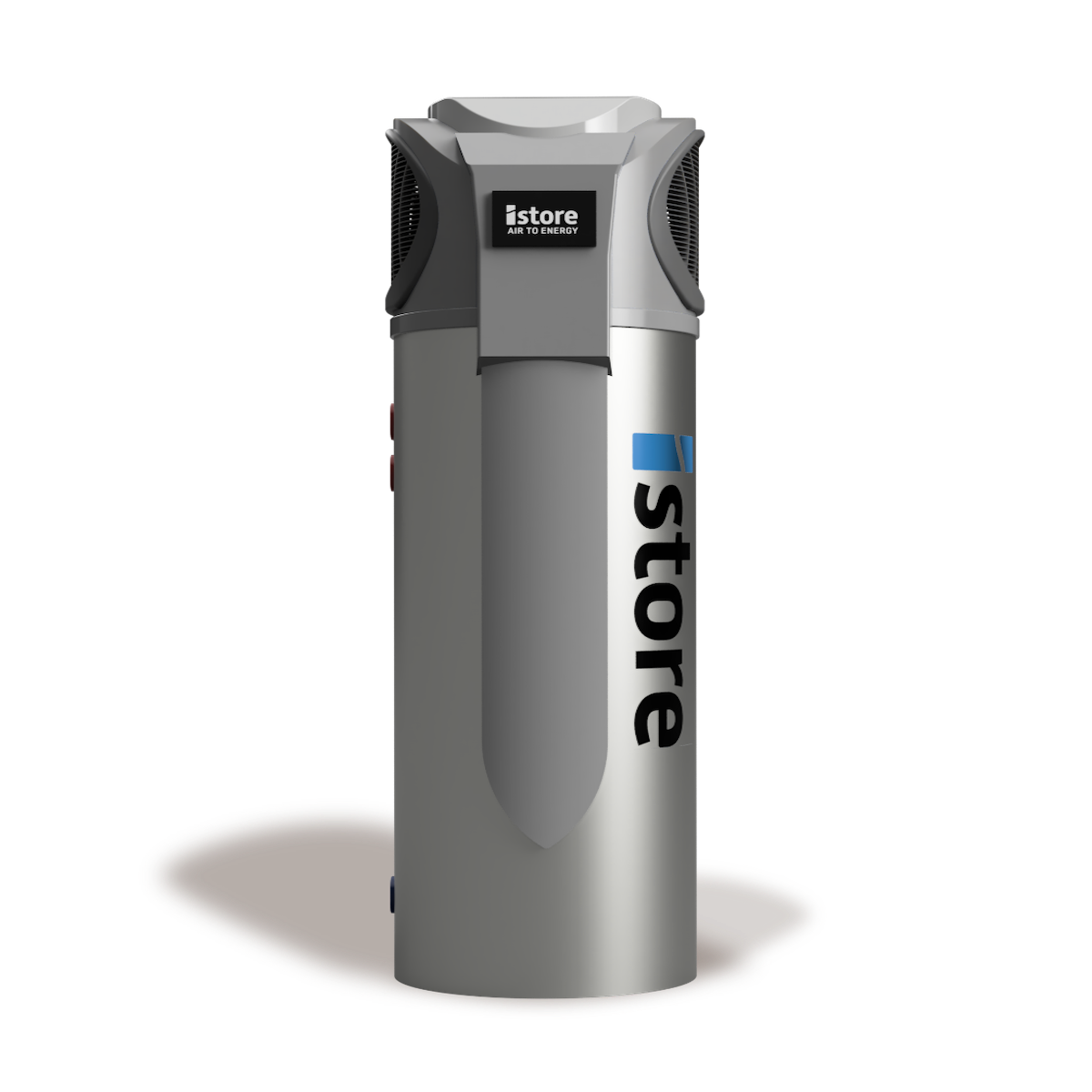The revolutionary iStore air-to-energy hot water system, designed in Australia for Australian conditions.
- Generate hot water energy all year round
- Easy changeover from existing heat pumps
- Eligible for generous government incentives
- Make the most of your Solar Power System
- Quiet operation, Independently tested to 46.6dB @ 1m
- External wrap around coil for maximum thermal transfer
- Parts and labour warranties
- Works in all climates, tested to -7

